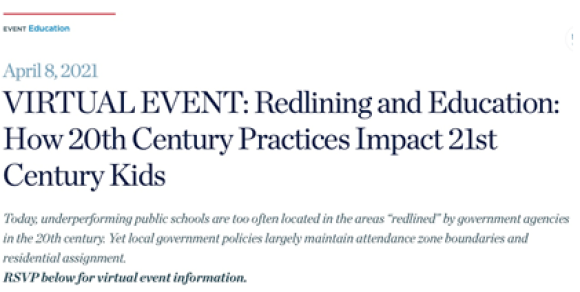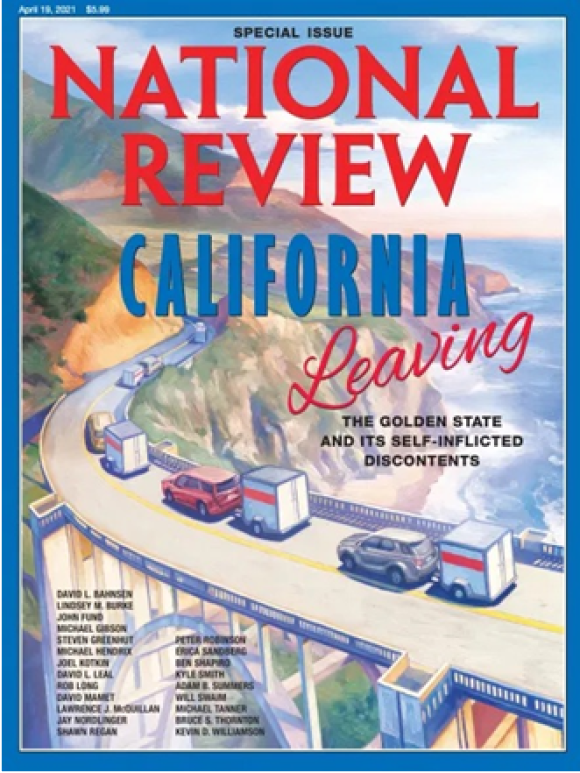“Reading through the model curriculum is like sitting through a graduate course on critical race theory. Education officials charged with determining what children in the Golden State will study have decided that what is imperative, in a state in which just three in ten eighth-graders can read proficiently, is learning about ‘identity’ and ‘systems of power’,” she explains. She goes on to write that while school choice would help break the grip of the teachers unions and the critical theorists:
"…school choice is anathema to California because it would undermine the goals of those who propound critical race theory. These adherents to identity politics, who define progress by growth in group think and expansions of the state, will remain impediments to policies that respect individual family choices and education freedom. After all, teaching students that they're either an 'oppressor' or one of the 'oppressed,' that they have little capacity to determine their future because the color of their skin has already charted their course, or that they are privileged or victims owing to insurmountable societal structures - well, that all leaves little room for independent thinking, hard work, and individual aspiration.
In other words, the characteristics so many private schools are so good at fostering."
Read on
.
Elevator pitch: “In California, school choice would break the power of the teachers’ unions, which, considering the subpar academic outcomes that persist, should have little say in education policy. Until California is willing to buck the unions, families will continue to play second fiddle when it comes to education.”
Reminder: No such thing as a free lunch. I talked with the
Christian Science Monitor this week about expansions to the National School Lunch Program. These policies distort the original purposes of the federal meals—and provide school meals to students from middle- and upper-income households, instead of children in need. “The National School Lunch Program was created to provide meals for children from low-income families, period,” I said.
The article goes on: “While opening up eligibility during the pandemic might make sense, previous expansions – and the prospect of making the current one permanent – have resulted in programs straying from their origins and providing meals to people who don’t want or need them,” I explained. “When it comes to shoring up the previous system, ‘let’s make a program that is going to help those in need as effectively as possible,’” I said. “Making school meals universal creates an entitlement – it essentially gives up on the idea that we should be concerned about accuracy,” I told
CSM.
Read on.
Parent choice in education in the states. I also talked to the
Epoch Times recently about proposals to give more families the opportunity to choose how and where their children learn. “Such initiatives now have a potential to gain more popularity,” the Times wrote, because parents are frustrated with school building closures during the pandemic. “Commonly, public schools switched to partly or fully remote learning last year, which has proved to be substantially less effective than in-person instruction. Many parents have blamed schools for dragging their feet with reopening, even after health authorities acknowledged that it’s possible to do so safely.”
The
Times wrote, “Meanwhile, homeschooling has exploded in popularity with parents setting up ‘pod schools’ where several children get together in a home to get taught by a hired tutor,” something Lindsey and I explained
in our Backgrounder earlier this year. “The school choice programs in several states could be used to pay for this form of education,” as I explained to the
Times.
Read on.


